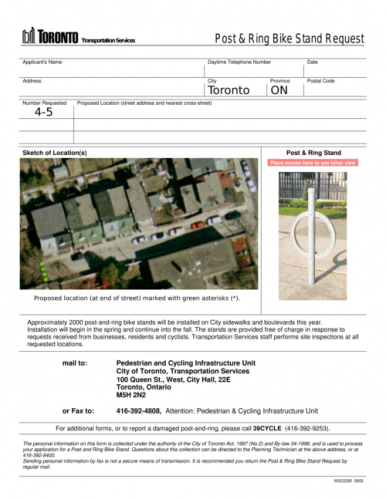
Aspiring mechanics can now take a bike mechanic training program for at-risk youth. The Learning Enrichment Foundation partnered up with Toronto bike stores, the Bicycle Trade Association of Canada, City of Toronto and industry suppliers give the "BAM" (Bicycle Assembly and Maintenance) course a third try. This time they've got a well-stocked work space at LEF and broad support.
"There's an overall shortage" that's only getting worse as more people switch from four wheels to two, says Pete Lilly, owner of Sweet Pete's Bicycle Shop at Bloor and Dufferin Sts.
Last summer, he said, most bike shops were running three weeks behind on repairs because of the high demand.
A new project aims to fill that gap. The Bicycle Assembly and Maintenance Program will train out-of-work youths to fix and assemble all kinds of bikes so they can tap into a rising market, organizers say.
Many "will walk right into a job," says a project organizer, Rob White, sales vice-president at Outdoor Gear Canada. He estimates there are openings for 50 to 100 bike mechanics each year in the GTA.
Few could argue with more training. But what about paying bike mechanics a bit more so that more people will actually choose it as a career? I know a few bike mechanics that have moved on to more "adult" careers. I can only assume it's because of the pay.

